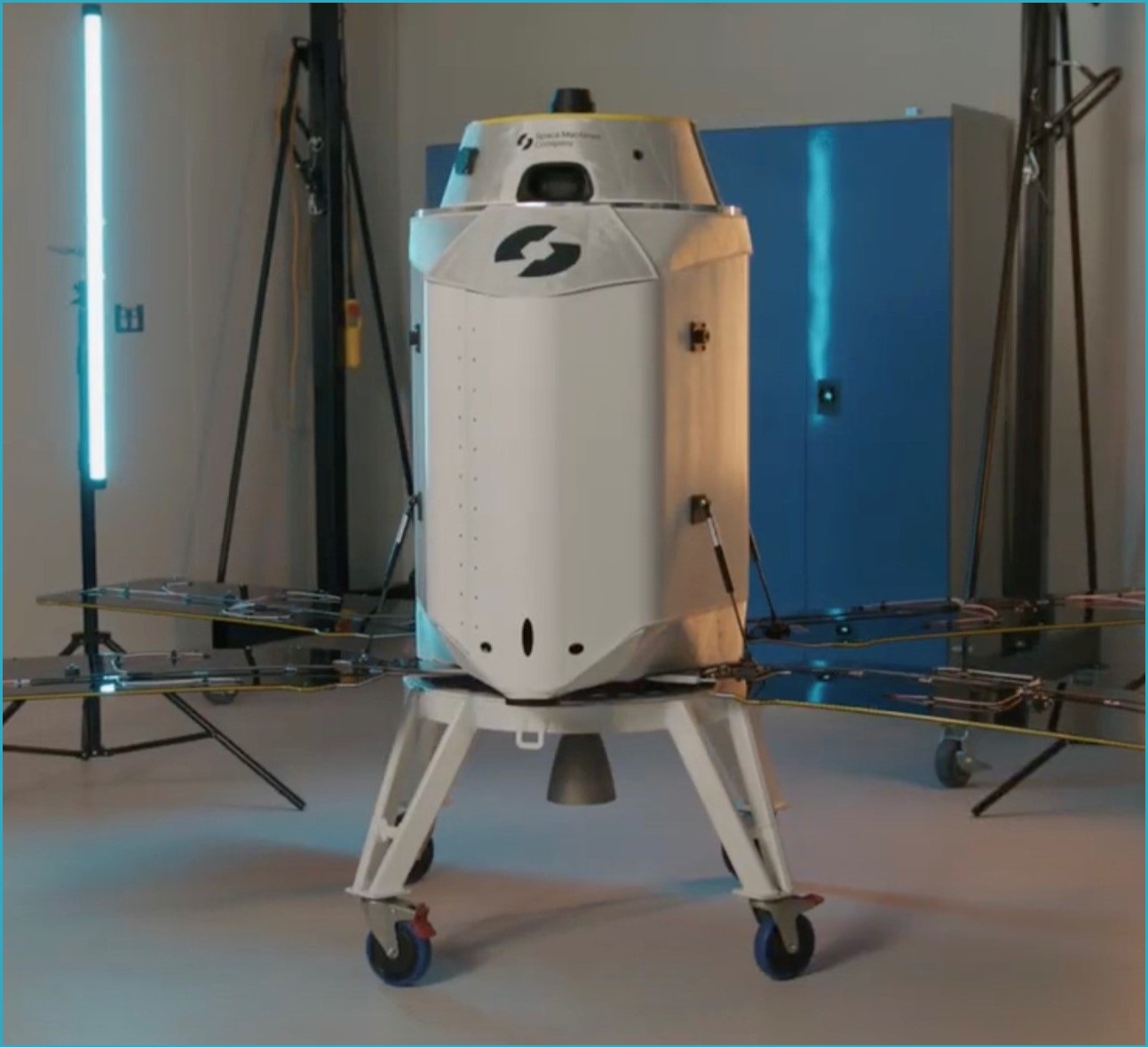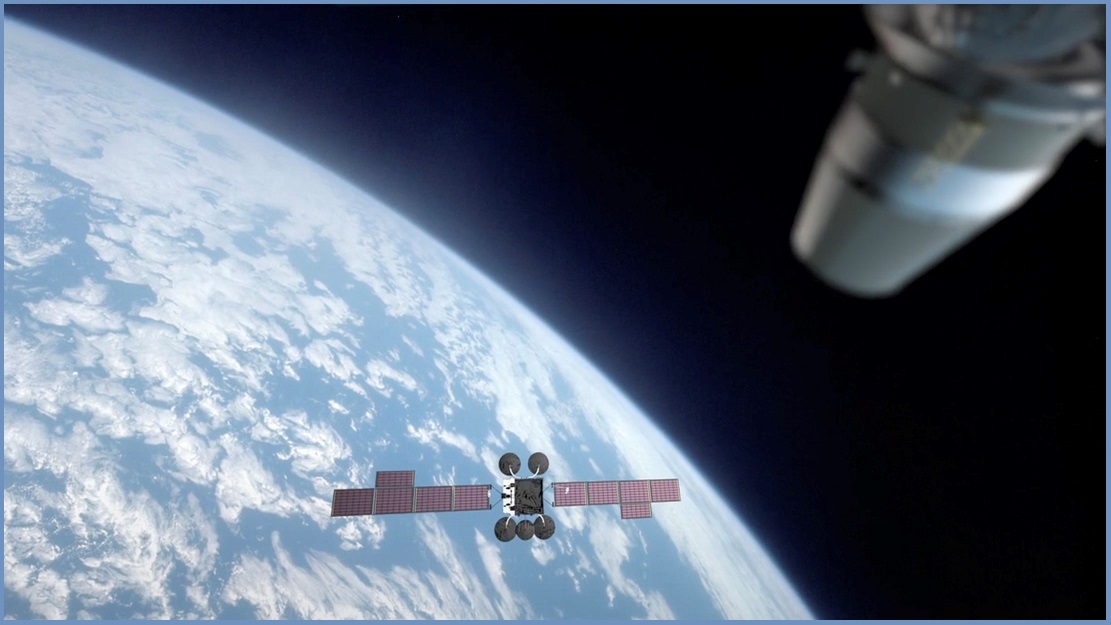Australian Space Agency (ASA) officials have welcomed local space 'taxi' creator Space Machines Company (SMC)'s announcement of a Sydney satellite manufacturing facility that will produce up to 20 novel satellite interceptors per year, with a remit to help customers extend their satellites’ working lives with in-orbit inspection and maintenance services.
The new Optimus Factory, called Optimus Factory 01 (OF-01), will be helmed by SMC and is expected to be up and running by year’s end in an expansion to the University of Technology Sydney (UTS) 18,000 square metre Tech Lab in Botany, in Sydney’s south.
SMC has built its business around Optimus, a 270kg orbital servicing vehicle (OSV) capable of inspecting, servicing, and relocating other small satellites to new orbits – providing an alternative to current practice that see many old and obsolete satellites simply abandoned in orbit.
The European Space Agency’s latest annual Space Environment Report identified 54,000 space objects greater than 10cm in size currently orbiting the earth – of which just 9,300 have active payloads – and an additional 1.2 million objects between 1cm and 10cm.
Optimus OSVs can manoeuvre within 10 kilometres of these objects, photographing them at resolutions down to 1cm and collecting maintenance data or assessing damage for their terrestrial operators – and, if necessary, capturing and relocating them to new positions in orbit.
The first Optimus reached orbit last year on the back of a SpaceX Falcon 9 rocket launched from California's Vandenberg Space Force Base, but next year a second Optimus will be launched on an Indian Small Satellite Launch Vehicle through Space MAITRI (Mission for Australia-India’s Technology, Research and Innovation) – a partnership established last year between SMC and India’s NewSpace India Limited.
Set to become Australia’s largest industrial-scale spacecraft manufacturing facility, the 800 square metre OF-01 will provide cleanroom space for up to five different Optimus Viper satellites – a successor built on the Optimus platform – to be assembled at any given time.

The facility “represents an exciting leap forward for Australia’s space industry,” ASA head Enrico Palermo said, adding that it “will help drive the Government’s agenda to grow our nation’s industrial capability, boost productivity, build economic resilience, and create a fairer society.”
Lofty abilities, lofty ambitions
A spiritual successor to the spacecraft-eating ship in You Only Live Twice, the Optimus Viper is a step change from conventional methods for tracking and managing multi-million-dollar satellites from ground stations – which offer limited options to diagnose satellites if they lose contact.
SMC’s vision is to deploy a large number of the satellites, allowing it to sell customers a maintenance and repair facility that can reach any object in orbit within 24 hours – repairing or relocating satellites, or deorbiting dangerous space junk to disintegrate in Earth’s atmosphere.
To do this “you need to have a large network of [OSVs] and they need to be cost-effective to manufacture,” explained SMC cofounder and chief development officer George Freney, who said the devices “are completely transforming what the future of space can look like.”
“Think of it as a living system that can adapt and reconfigure based on mission needs,” SMC CEO and co-founder Rajat Kulshrestha said, noting that the price tag of $2 million to $3 million per launch is cost competitive for satellite operators against the cost of launching new satellites.
“The cost of moving in space has been super high” in the past, he added, “so focusing on how you can get very close to an object at very low cost, is the problem you’ve got to solve – and once you solve that problem… it transforms space operations from static presence to dynamic engagement.”
Australia’s space industry slowly getting off the ground
Optimus Viper fits within the so-called 300kg weight class of satellites – a category of devices small enough to be launched relatively inexpensively, but big enough to carry a range of valuable equipment including cameras, geographical monitors, sensors, surveillance, and communications.

The Optimus Viper will extend the life of satellites, preventing them from become space junk before time. Photo: Space Machines Company
SpaceX’s widely used Starlink satellites – which are fast becoming a backup for Australia’s terrestrial mobile networks – fall into this category, with a typical weight of around 260kg that has allowed the company to launch more than 7,600 satellites in just a few years.
Small-scale satellites are facilitating new services so quickly that GlobalData expects the global space economy market to pass $784 billion ($US511 billion) by 2029.
Building on the momentum and skills demand created by projects like Australia’s first commercial rocket launch in 2022 and the delayed but impending launch of Gilmour Space Technologies’ Eris orbital rocket, OF-01 promises another way for Australia’s space industry to play in that market.
“By combining deep research expertise with advanced manufacturing capability,” UTS vice-chancellor Professor Andrew Parfitt said, “we’re creating new knowledge and technologies while giving our students and researchers the opportunity to work on the frontier of space innovation.”










